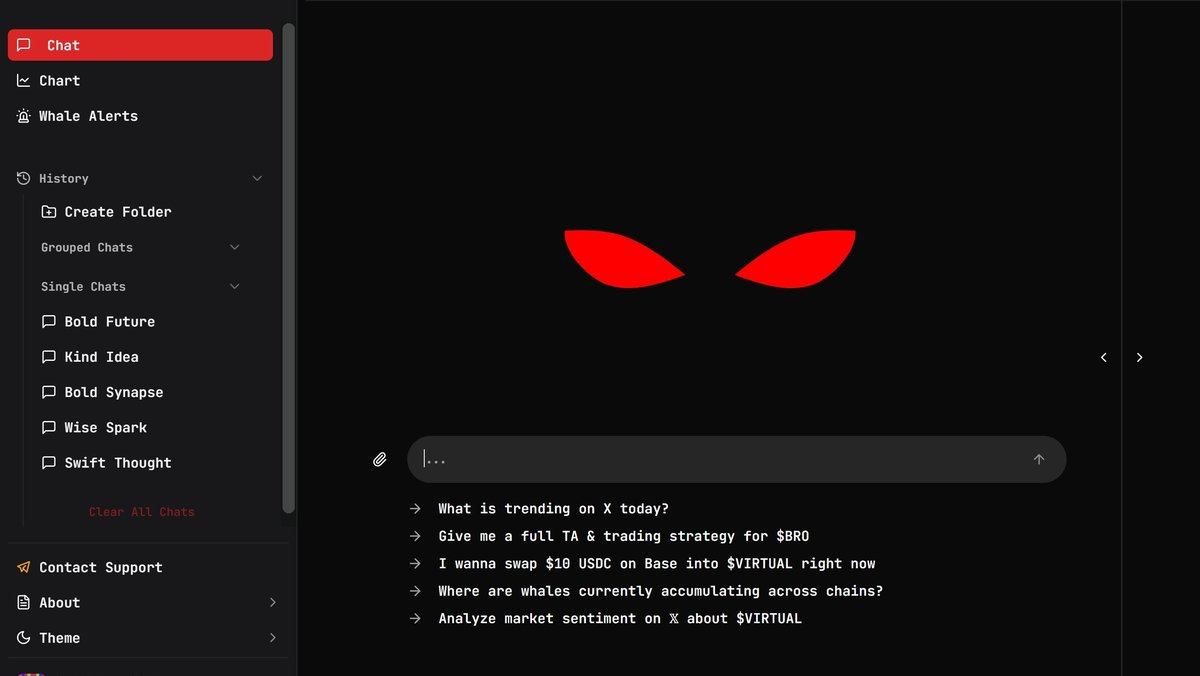Fidelity Margin Trading: Does It Exist in 2025?
Margin trading is a popular feature in cryptocurrency markets, allowing investors to borrow funds to increase their exposure. While many global exchanges such as Binance, Kraken, and Bybit offer margin trading, traditional financial institutions like Fidelity have been cautious about implementing such features. In this article, we’ll explore whether Fidelity supports margin trading for crypto in 2025, what alternatives exist, and the risks involved.
Overview of Fidelity and Crypto Trading
Fidelity entered the crypto space by offering Bitcoin and Ethereum trading for retail customers in 2022. However, unlike crypto-native exchanges, Fidelity has prioritized security, compliance, and simplicity. As of 2025, Fidelity does not offer crypto margin trading to retail users. All trades are conducted on a fully-funded basis, meaning users can only trade with available cash balances.
Why Fidelity Avoids Margin Trading
- Regulatory Concerns: U.S. regulators impose strict rules on leveraged products, making it challenging for institutions like Fidelity to offer them.
- Risk Management: Margin trading can lead to large losses, which may conflict with Fidelity’s conservative reputation as a long-term investment platform.
- Target Audience: Fidelity primarily serves retail investors and retirement accounts, which are less suited for high-risk margin trading.
Alternatives to Margin Trading on Fidelity
While Fidelity does not offer margin trading, users seeking leverage have several alternatives:
- Crypto-Native Exchanges: Binance, Kraken, and Bybit allow margin and futures trading with leverage ranging from 2x to 100x.
- Traditional Margin Accounts: Fidelity offers margin trading for equities and ETFs, but not for cryptocurrencies.
- Indirect Leverage: Investors can use leveraged crypto ETFs available in U.S. markets to gain exposure.
Risks of Margin Trading
Margin trading can amplify gains but also magnifies losses. Liquidations are common during volatile markets, and traders may lose more than their initial investment. Even on regulated platforms, leverage requires advanced knowledge and strict risk management strategies.
Future Outlook
It’s possible that Fidelity could introduce margin trading in the future if regulatory clarity improves. For now, however, Fidelity focuses on providing safe, fully-backed crypto trading for retail investors. Institutions using Fidelity Digital Assets may access more sophisticated products, but retail traders remain limited to spot trades.
Conclusion
As of 2025, Fidelity does not offer margin trading for cryptocurrencies. Traders seeking leverage must turn to specialized exchanges like Binance or Kraken, or consider leveraged ETFs as an alternative. While this may seem limiting, Fidelity’s conservative approach prioritizes safety and regulatory compliance, aligning with its reputation as a trusted brokerage.
Further Reading and Resources
Guides | Crypto | Crypto Insurance
Frequently Asked Questions
Does Fidelity offer crypto margin trading? No, Fidelity currently does not support margin trading for cryptocurrencies.
Can I trade equities on margin with Fidelity? Yes, Fidelity offers margin accounts for equities and ETFs, but not for crypto.
Will Fidelity add margin trading in the future? It’s possible if regulations allow, but as of 2025, margin trading is not available on Fidelity’s retail crypto platform.







